WELLNESS: 5 Air-Purifying Houseplants to Improve Air Quality in Your Home

Celia De Pauliny walks us through five houseplants, which are also featured on NASA’s list of top air-filtering plants, and have been proven to remove the three most harmful chemicals in the air.
A study conducted by NASA revealed that certain plants remove Volatile Organic Compounds (VOCs) from the air. While not all VOCs are bad, those that are harmful are known to cause cancer and other health problems. They can be found in materials used for central heating and cooling systems, as well as in everyday items found in our homes, such as carpets, cleaning products, and furniture. It’s no surprise then that indoor air can have three to five times more pollutants than outdoor air, as one study found, which points to the importance of good air ventilation and purification in our homes.
“He who plants a garden, plants happiness”
Chinese proverb
The following five houseplants are all featured in NASA’s list of top air-filtering plants and have been proven to remove the three most harmful VOCs: benzene, formaldehyde and trichloroethylene. On top of this, they also bring a nice touch of greenery and conviviality to your home.
Peace Lily
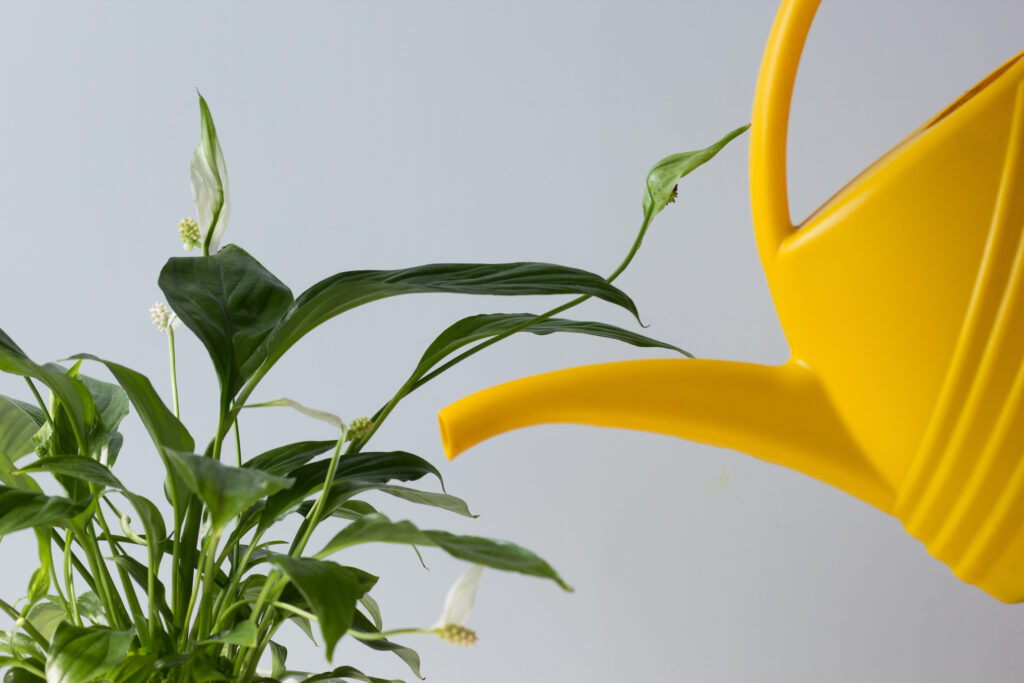
With its beautiful foliage and pure white flowers, this plant can grow in any indoor situation but should avoid direct sunlight. Originally from the tropical rainforests of South America, it blooms for two months in spring. Keep your pets away from it, as the flowers can be poisonous.
Florist Chrysanthemum
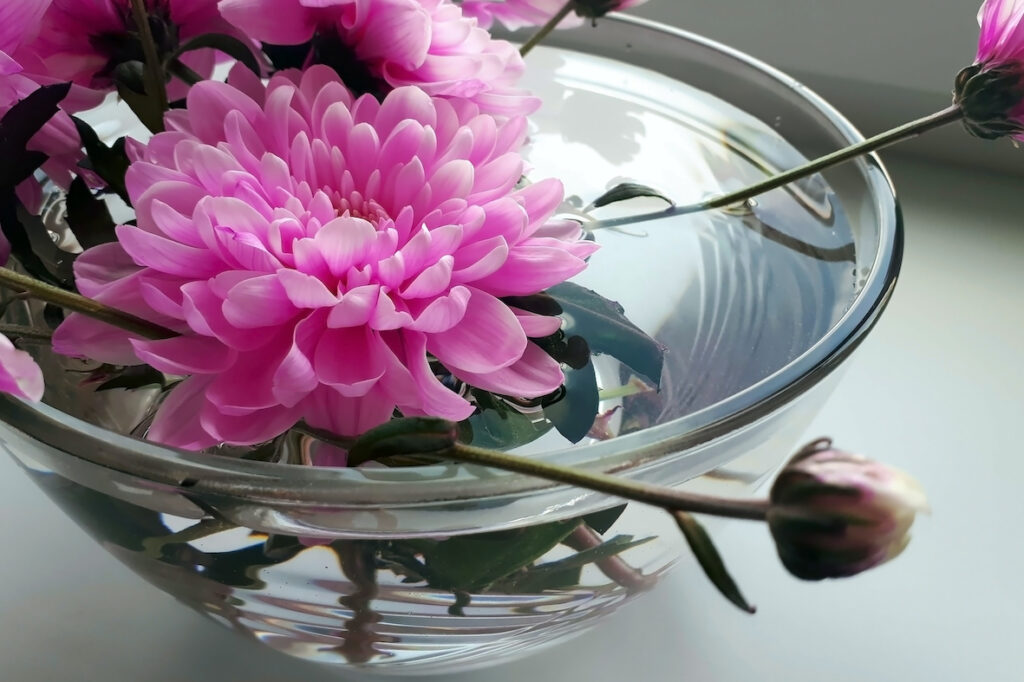
This Chinese plant features big coloured flowers and thick leathery leaves. It gets its name from the Greek words chryos, meaning gold, and anthemom, meaning flower. The plant should remain in a cool and bright location and blooms for six to eight weeks in the fall.
Mother-in-law’s Tongue
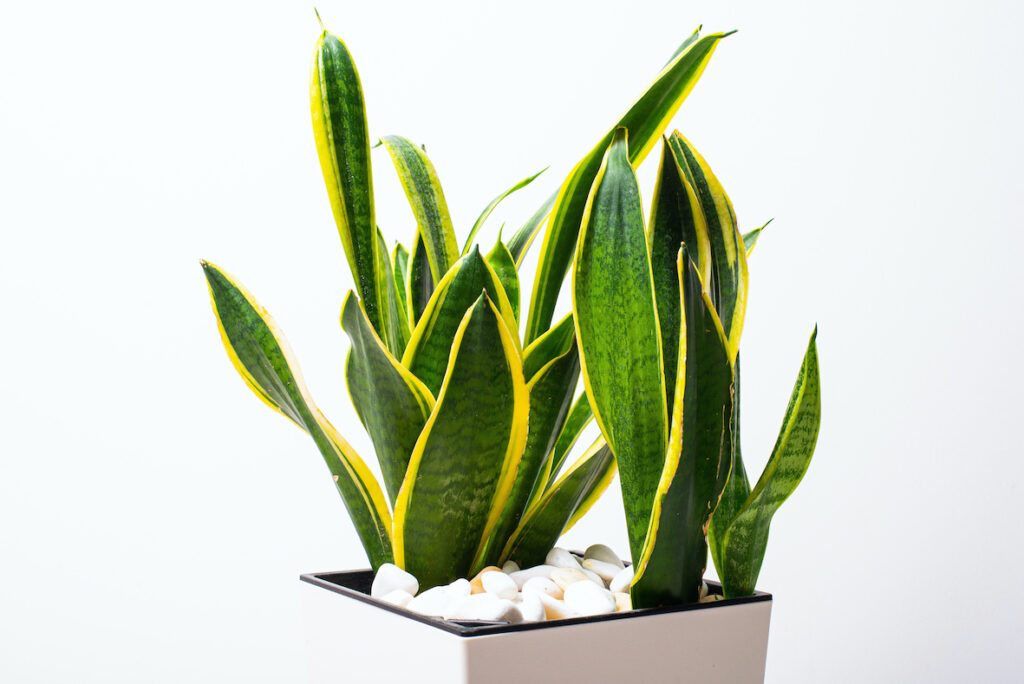
Very popular and hardy, snake plants usually have green banded leaves, while the mother-in-law’s tongue typically features a yellow border. First cultivated in China, it was believed that eight gods bestowed each of their virtues upon those that grew them.
Easy to grow and durable, they will thrive in either very bright light or almost dark corners of the house. Keep your pets away from it, as the plant is moderately toxic.
Dracaena Deremensis or Janet Craig
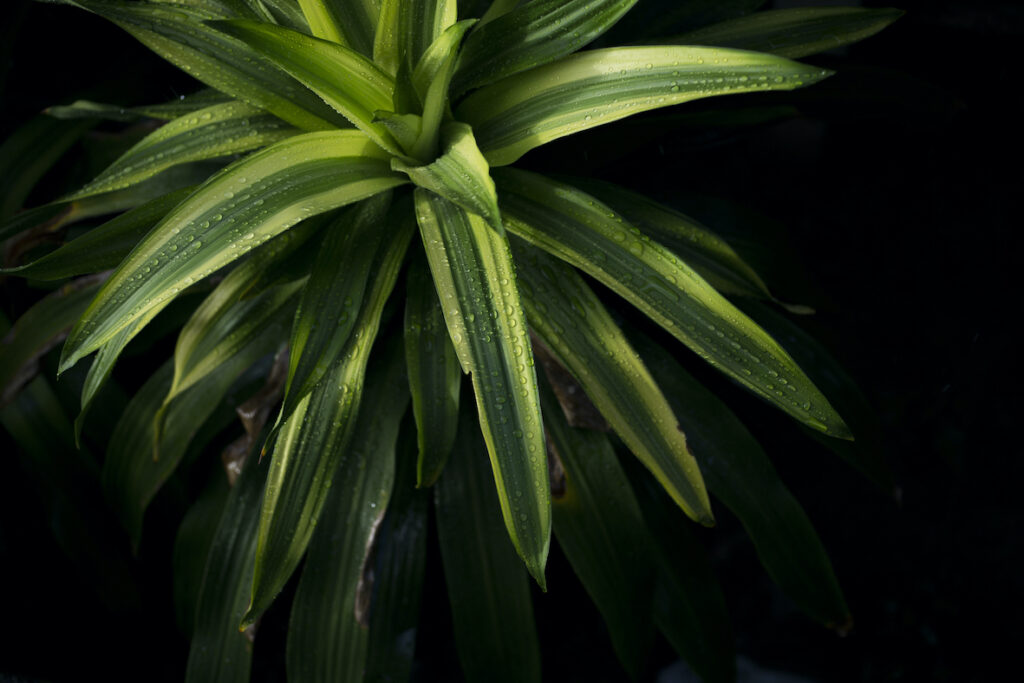
Originating from Africa, these plants are among the sturdiest on the planet. Pretty and very resistant, they require very little water and low light, which makes them perfect indoor floor plants. If the growing conditions are suitable, a dracaena “Janet Craig” may produce a one-meter stalk with large fragrant white flowers.
English Ivy
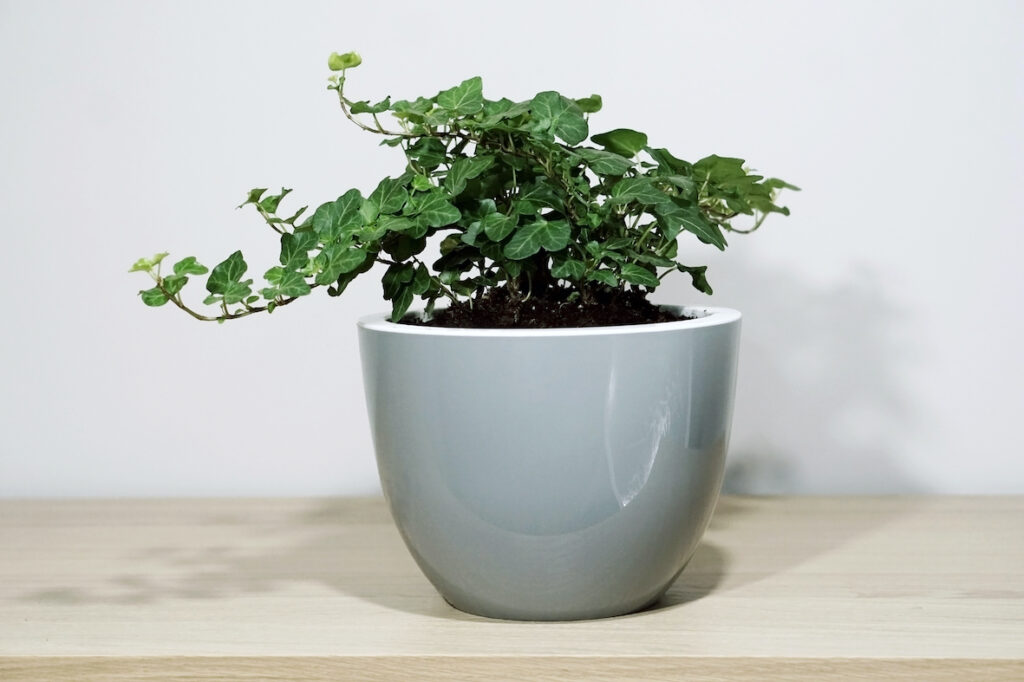
This rampant clinging evergreen vine prefers bright light. Without it, ivy will become leggy, sickly and prone to pests. Even though it is a climbing plant, it can be trained to grow in a topiary. Along with its air quality benefits, the English ivy can also help modulate the temperature in-house, keeping it cooler in summer and warmer in winter.
This article was first published at Impakter









